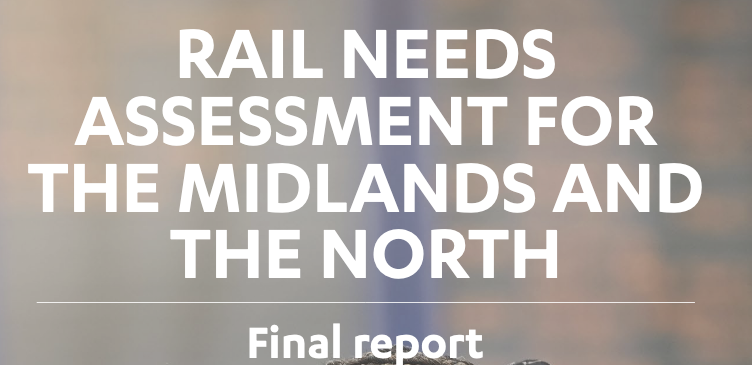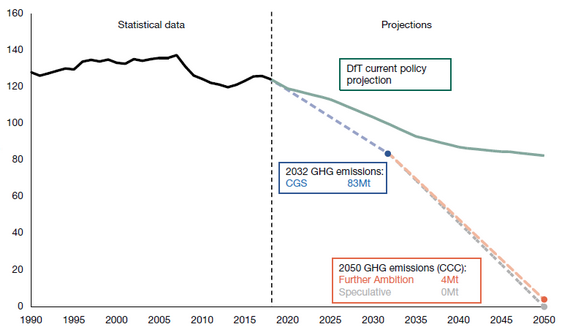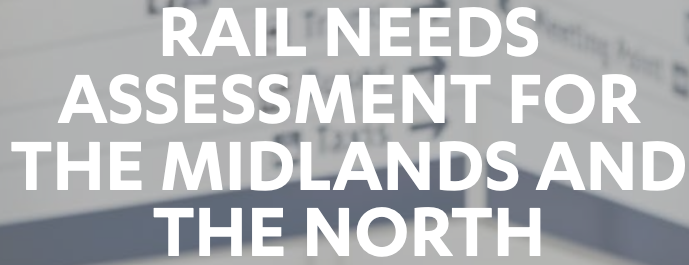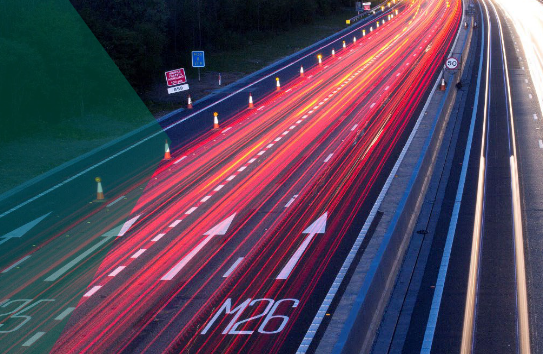The Department for Transport is consulting on whether to extend the length of the appraisal period used to assess project benefits, typically 60 years at present. The argument is that many projects have the potential to deliver benefits well beyond this time horizon, but these benefits are not currently included in scheme appraisals. My response is set out below.
The standard approach to the appraisal of transport investments is based on the estimation of user benefits, mainly the saving of travel time. Clearly, uncertainty increases as more distant future benefits are considered. Factors that would need to be taken into account in estimating future demand include:
- Population growth. The Total Fertility Rate (the average number of children born to a woman over her lifetime) for the UK is 1.89, below the level of 2.1 needed for a stable population, and the lowest on record. Many developed countries have lower rates: Germany 1.45, Italy 1.44, Japan 1.41. So, we may experience future population decline, although decisions on immigration would affect the outcome.
- The relationship between income growth and travel demand. The average distance travelled by all surface modes has not increased this century (NTS data), suggesting an uncoupling of the relationship between GDP growth, income and travel demand. There is evidence for the saturation of demand for daily travel.
More generally, it is impossible to validate the performance of models far into the future. Lack of validation contributes to optimism bias in modelling generally. Models are complex and opaque, with the value of many parameters to be chosen based on expert judgement, such that outcomes can often reflect the preconceptions of those who commission the modelling. The Green Book and TAG provide uplift factors for costs to allow for optimism, but there is no equivalent for benefits.
There is evidence for optimism bias in demand estimation, particularly when competitive bidding is involved, as for rail franchises in the UK and toll road concessions in Australia. Some winning bids have been too optimistic in projecting future revenues, such that rail franchisees have withdrawn, and toll road investors disappointed and consultants successfully sued.
Given all the uncertainties, extension of the appraisal period beyond the current duration would be unwise. The possibilities of benefits beyond 60 years might be regarded as a bonus that could increase confidence in an investment that offers an acceptable BCR within that period, as well as to counter optimism bias in demand estimation.
I imagine the interest in extending the appraisal period arises from the HS2 Business Case, where extending to 100 years generates a small increase to the BCR that is otherwise in a low value for money category. Notwithstanding the arguments above, there could be a case for extending the appraisal period for HS2 on account of the expected changes in land use.
There has always been an inconsistency in supposing time savings to be the main user benefit of transport investment, given that average travel time as measured in the NTS has hardly changed over almost fifty years, despite huge investment justified by the saving of travel time. The explanation is that time savings are short run. In the long run users take advantage of faster travel to travel further, to gain more access to people, places, opportunities and choices. Increased access leads to changes in land use and in the built environment that are mainly long term.
Accordingly, it could be appropriate to appraise the long-term benefits of transport investment as part of consideration of its long-term impact on the wider built environment. In the case of HS2, this would involve assessing the prospects for business and residential property development at locations whose access is enhanced by the new rail route. That is not to say that changes in land use would continue over a long period. They may well take place fairly quickly, both before and after the rail route opens, although there would be long-term benefits from the improvements to real estate. There are many uncertainties about such developments, both planning and commercial, but these uncertainties are directly relevant to policy objectives and therefore worth addressing, unlike the uncertainties about long run travel time savings.
The underlying question concerns the nature of the long run economic benefits of transport investment. While an extensive methodology has been developed based on time savings as the main part of generalised costs, time and money are importantly different. Time acts as an independent influence on travel behaviour. The long run impact of investment is to increase access within a time constraint. Such increased access is the benefit to users and results in changes to the use and value of land made more accessible.
In conclusion, if appraisal focuses on time savings to users, then extension of the appraisal period is not justified. If, however, the focus is on increasing access to the built environment, then a longer timeframe might be warranted.










